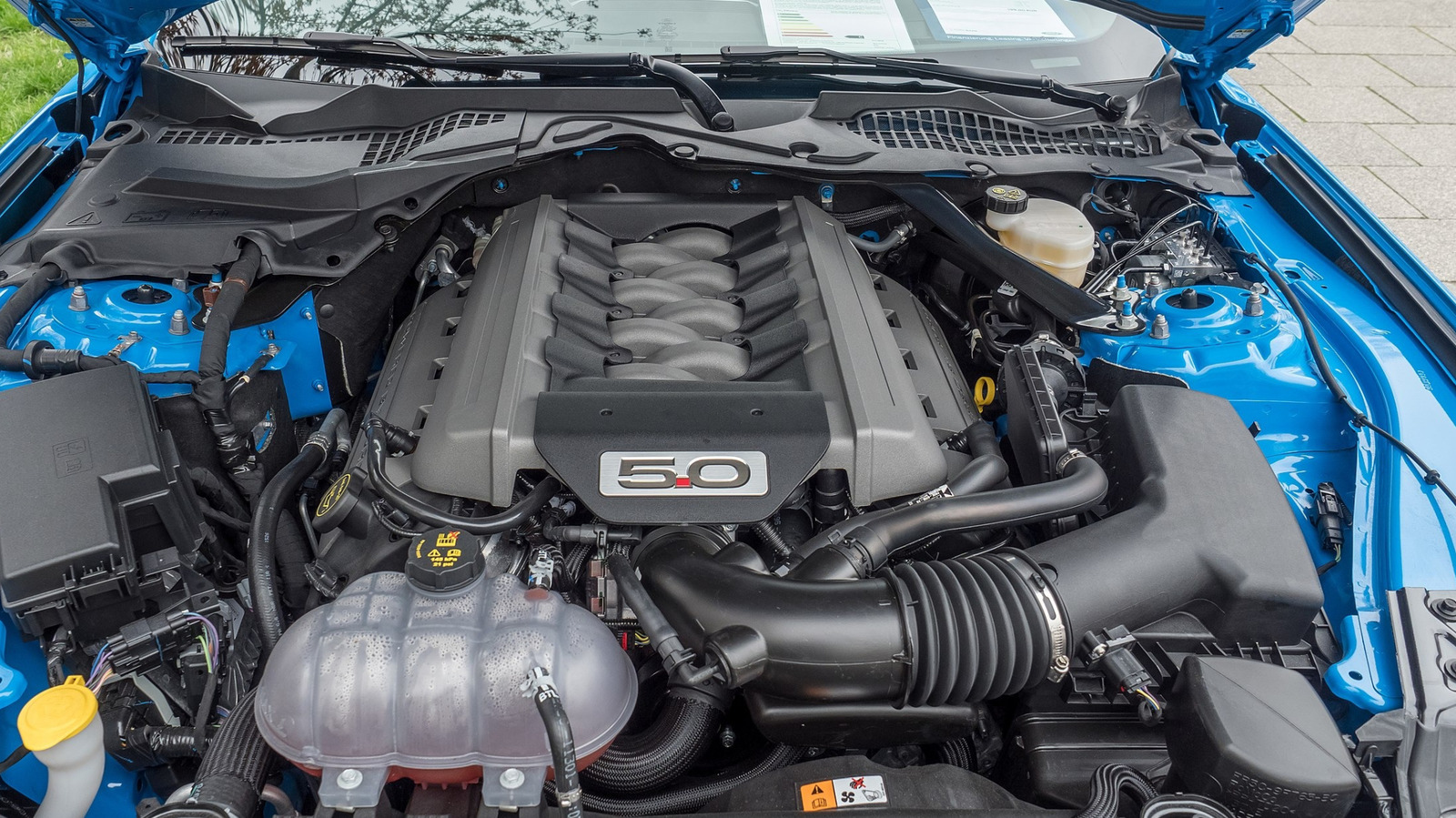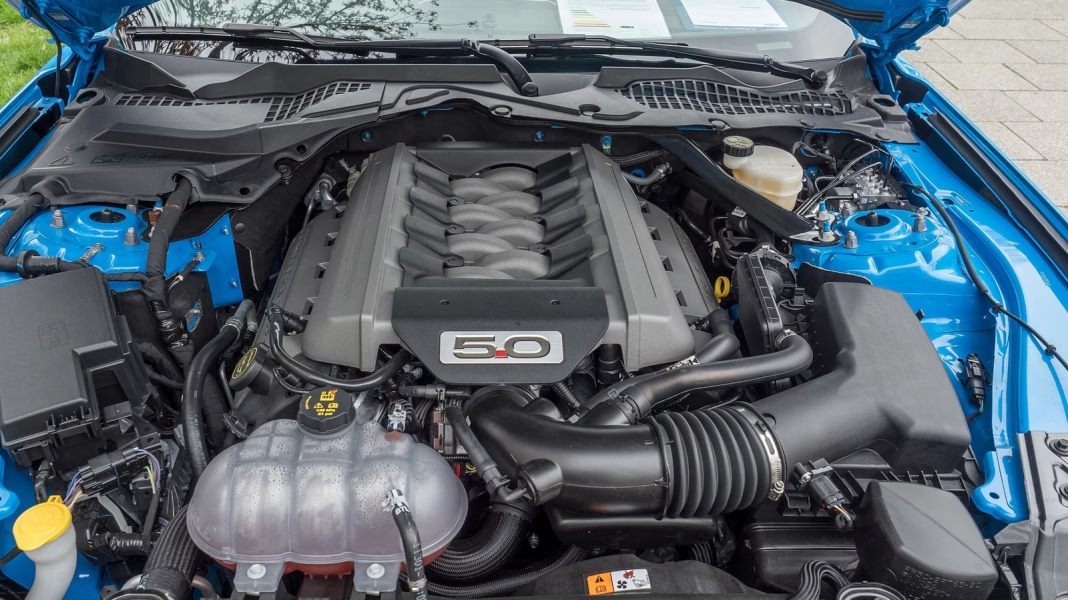Thinking about swapping your car’s engine for a Coyote 5.0? You’re not alone! This powerful engine has become a popular choice for enthusiasts looking to boost performance and reliability. But before you dive into this exciting project, it’s essential to understand the differences among the various generations of the Coyote engine. Let’s break it down so you can make an informed decision.
What Makes the Coyote 5.0 So Special?
The Coyote 5.0 is Ford’s modern V8 engine, first introduced in 2011. It’s known for its impressive power output, high-revving capabilities, and relatively lightweight design. This engine is a favorite among car enthusiasts and tuners alike, thanks to its robust performance and the potential for significant upgrades. But not all Coyote engines are created equal; they’ve evolved over the years, each generation bringing its own set of improvements and features.
Understanding the Generations of the Coyote Engine
The Coyote engine has gone through several iterations, each refining the performance and efficiency of the previous version. Here’s a closer look at the key differences among the generations:
**First Generation (2011-2014)**
The first-gen Coyote is where it all began. With a 5.0-liter displacement, it produced around 412 horsepower and 390 lb-ft of torque in the Mustang GT. This engine was a game-changer, offering a blend of power and efficiency that was hard to beat. However, it did have some limitations, particularly in terms of tuning potential and technology.
**Second Generation (2015-2017)**
Ford took the Coyote to the next level with the second generation. This version saw an increase in power output to about 435 horsepower and 400 lb-ft of torque, thanks to improvements like a new intake manifold and updated camshaft profiles. The addition of variable valve timing (VVT) allowed for better performance across a wider RPM range, making it more versatile for different driving styles.
**Third Generation (2018-Present)**
The latest iteration of the Coyote engine is where things get really exciting. The third-gen Coyote boasts a staggering 450 horsepower and 410 lb-ft of torque. This generation also introduced a new dual-fuel system, allowing for both port and direct fuel injection. This not only improves efficiency but also enhances performance, especially at higher RPMs. Plus, the engine management system has been refined, making it easier to tune and extract even more power.
Which Generation Should You Choose?
Deciding which Coyote engine to go with depends on your specific needs and goals. If you’re looking for a straightforward swap and a solid performance boost, the first generation could be a cost-effective option. However, if you want the latest technology and maximum power, the third generation is the way to go.
Keep in mind that newer engines might require additional modifications to fit your vehicle, such as updated wiring harnesses or ECU tuning. It’s crucial to consider these factors when planning your swap.
Real-World Considerations for Your Swap
Beyond just the engine itself, think about the overall project. Are you prepared for the additional work that comes with a Coyote swap? This can include upgrading your transmission, cooling system, and even your exhaust setup to handle the new engine’s power.
Also, consider your budget. While the Coyote engine offers fantastic performance, the costs can add up quickly when you factor in all the necessary components and labor.
The big takeaway? Swapping to a Coyote 5.0 isn’t just about picking the most powerful option—it’s about finding the right fit for your project. Start by assessing your goals and budget, and don’t hesitate to reach out to fellow enthusiasts or professionals for advice. With the right planning and execution, you’ll be well on your way to enjoying the thrill of a Coyote-powered ride.


